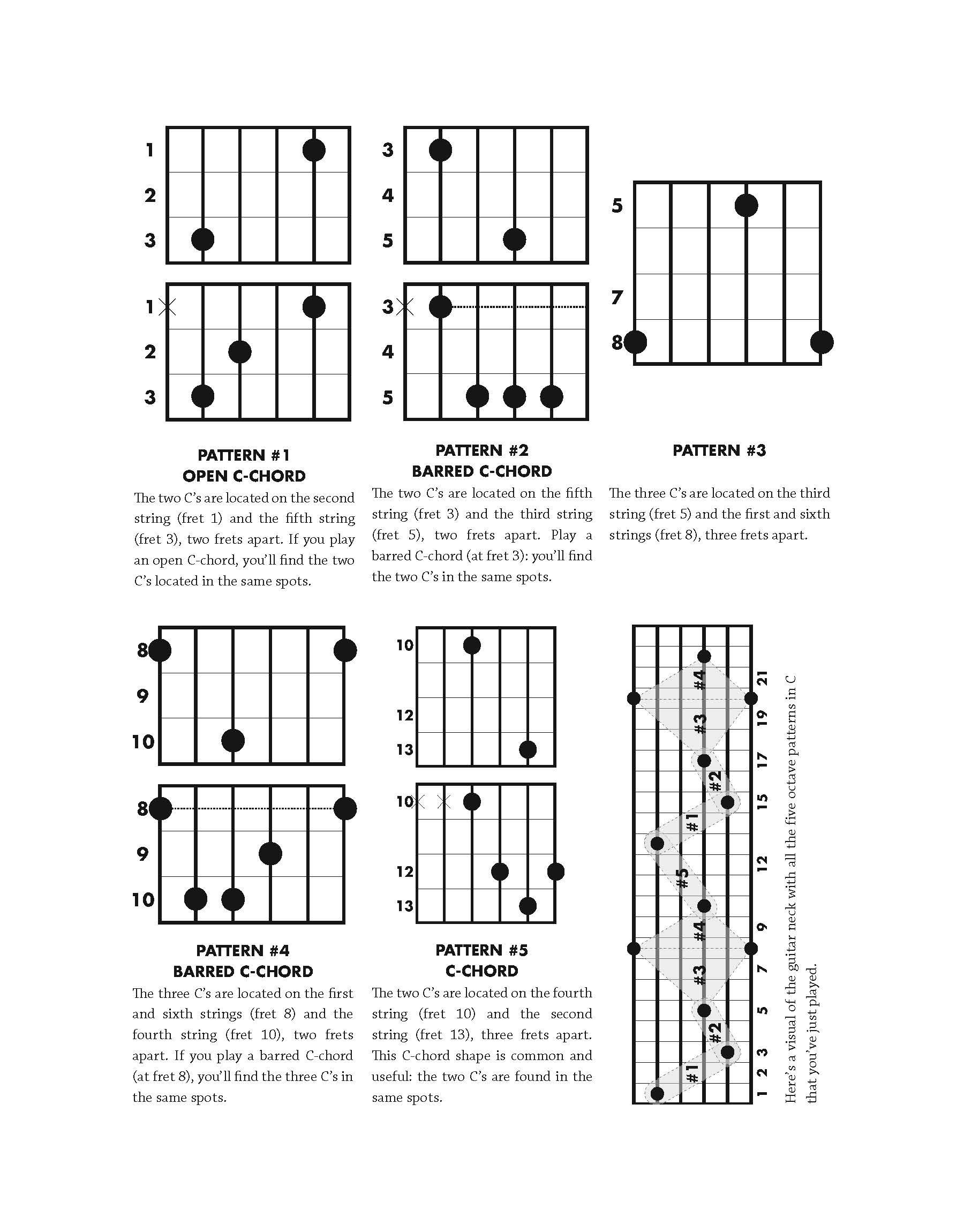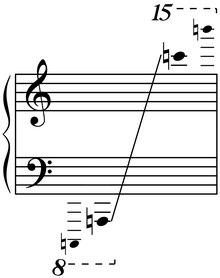
To do this, pull the string tight and slip the end of the string behind itself. Starting with the fourth octave F, the string should be locked over themselves, at the tuning pin so they won't slip. The fifth octave strings are large enough that they will hold on the tuning pins without any help. The second is to stretch the string before pulling it up to pitch. The first, after bringing the string up through the tuning pin, is to draw the center of the string towards you for a distance of three strings. Again there are two methods that you can use. The gut and nylon strings do not need as much slack as the bass wires when pulling them up for the first time. Now you can tighten the wire without it exploding just when you get the wire up to pitch. At this point, bend the wire over the top of the tuning pin. Grab the wire at a spot equal to the top of the harp neck with your fingers and back the wire through the pin until your thumb touches the tuning pin. Pull the wire through the tuning pin until it is tight. The second method achieves the same result, but it is accomplished differently. This will give you enough slack so that you won't break the wire pulling it up to pitch.
CHANGE ACTION STRINGS OCTAVE FULL
Then draw the center of the wire back towards you, one full octave and mark the length by bending the wire over the top of the tuning pin. The first is to bring the wire through the hole in the soundboard and put the wire into the tuning pin. The biggest mistake when changing wires is not giving enough slack for the wire to wrap around the tuning pin. When you have to change the bass wires, it is best for the harp to change them one at a time as opposed to dropping all the wires at the same time. If it would be easier to associate the octave with the note, you can refer to the chart included at the end of this section. Some larger pedal harps also have a ) Octave. From Middle C, as you go up, the octaves are 3, 2, and 1 respectively. As you approach the column, descending from Middle C, you have octaves 5, 6, and 7 respectively. Octaves on a pedal harp are from E to F not C to C. You may have referred to a chart that was provided by the maker to get the proper gage for the replacement string. On most lever (non-pedal) harps the highest string is #1 and string replacement varies by the maker and the model of the harp. If this is your first pedal harp, you need to know that string replacement is based upon the octave the string is in. Unfortunately, it is also very easy to make a mistake. One of the simplest tasks to do on the harp is changing the strings. Strings also have a shelf life even though they are stored properly.

Even strings that never break will loose their tone quality, as they get older.

Although you can have your harp for years and never break a string, most likely you will have an occasional "pop". So it is important to keep the strings in good condition.


 0 kommentar(er)
0 kommentar(er)
